Compliance with legislation on veterinary drug residues remains high in Europe
According to the report on the results of the control of residues of veterinary drugs and other substances in live animals and food products of animal origin of the European Food Safety Authority (EFSA) for 2019, Europe maintains a high level of compliance, in around 99.7% of the current legislation on the presence of residues of veterinary drugs in animals and products of animal origin, thus reaching a high level of food safety in this matter, similar to the results found in the 11 previous years.
The report, which can be consulted at this link, summarizes the control data collected in 2019 on the presence of residues of veterinary drugs and certain substances in live animals and products of animal origin in the European Union, Iceland, and Norway.
More than 670,000 samples were sent.
A total of 671,642 samples were sent to the European Commission by 27 of the 28 EU Member States, Iceland, and Norway, meeting in most cases the minimum sampling frequency requirements established in Directive 96/23 / EC of the Council and in Commission Decision 97/747 / EC.
The samples consisted of 368,594 targeted samples and 5,016 suspicious samples reported under Council Directive 96/23 / EC; 2,342 samples collected at importation, and 295,690 samples collected in the framework of programs developed in accordance with the different national laws.
Similar results to previous years
Overall, the percentage of non-compliant samples in 2019 (0.32%) was comparable to that of the previous 11 years (0.25% -0.37%). However, compared to the results of 2017 and 2018, in 2019, the frequency of non-compliant results was slightly higher for antithyroid agents and steroids.
For chemical elements, compared to 2018, the frequency of non-compliance in 2019 was higher, although lower compared to 2017. At the same time, slight decreases were observed in 2019 for resorcylic acid lactones, banned substances, antibacterials, anticoccidiostats, and colorants, compared to 2017 and 2018.
The figures in Spain
In Spain, the different competent authorities involved made more than half a million analytical determinations in a total of more than 40,000 samples collected (several parameters are frequently analyzed in the same sample) in 2019 to verify compliance with current food legislation on residues of veterinary drugs and other substances in live animals and products of animal origin.
In particular, samples were taken from cattle (live animals and their meat), sheep and goats (live animals and their meat), pigs (live animals and their meat), equidae (live animals and their meat, unless otherwise indicated in your passport), poultry (live birds and their meat), aquaculture (live animals and their products), milk, eggs, rabbits (live animals and their meat), wild game (meat), farmed game (live animals and its meat) and honey.
The data, including the results specific to Spain, are available from EFSA's Knowledge Junction, which was created to improve transparency, reproducibility, and reuse of tests in food safety risk assessments. And feed.



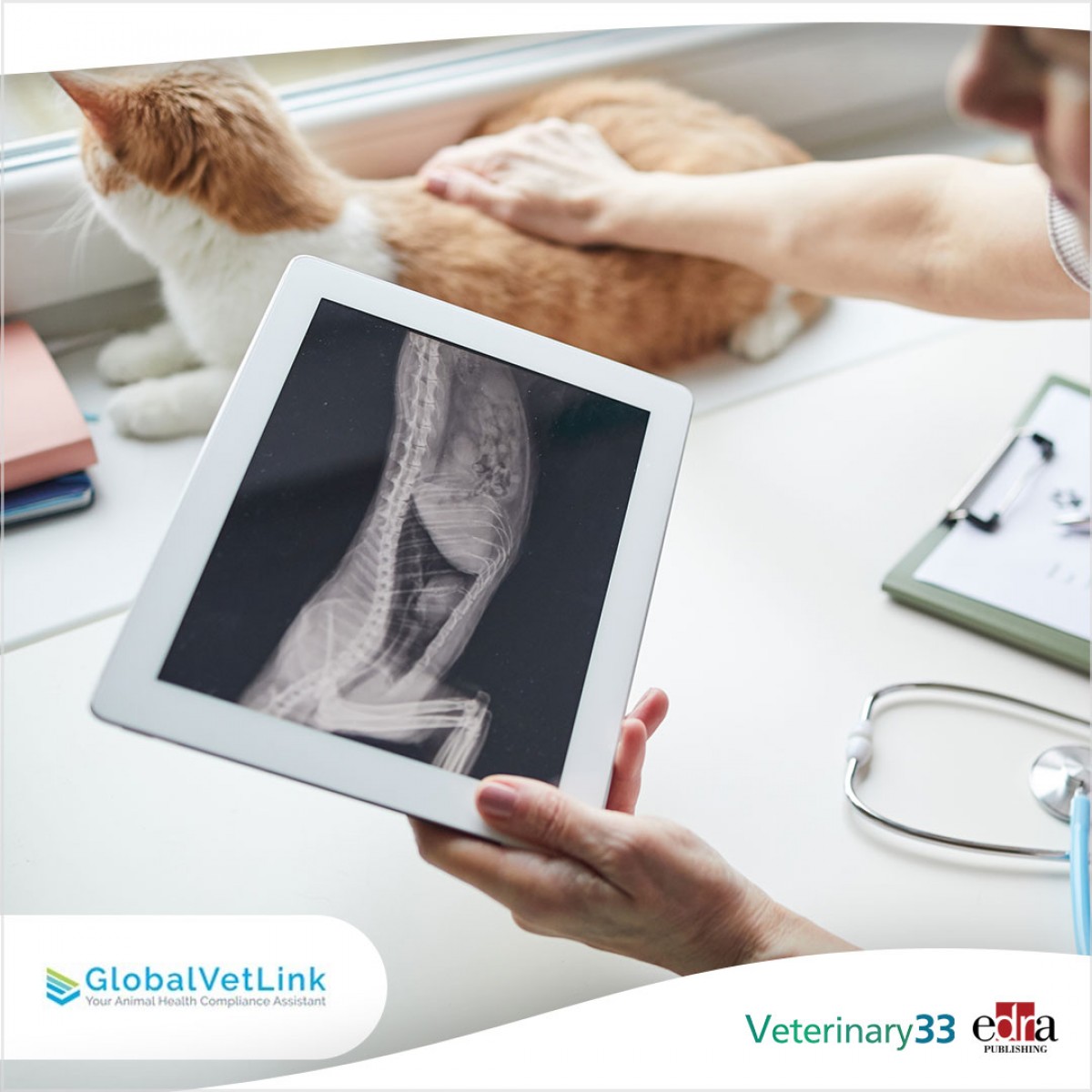
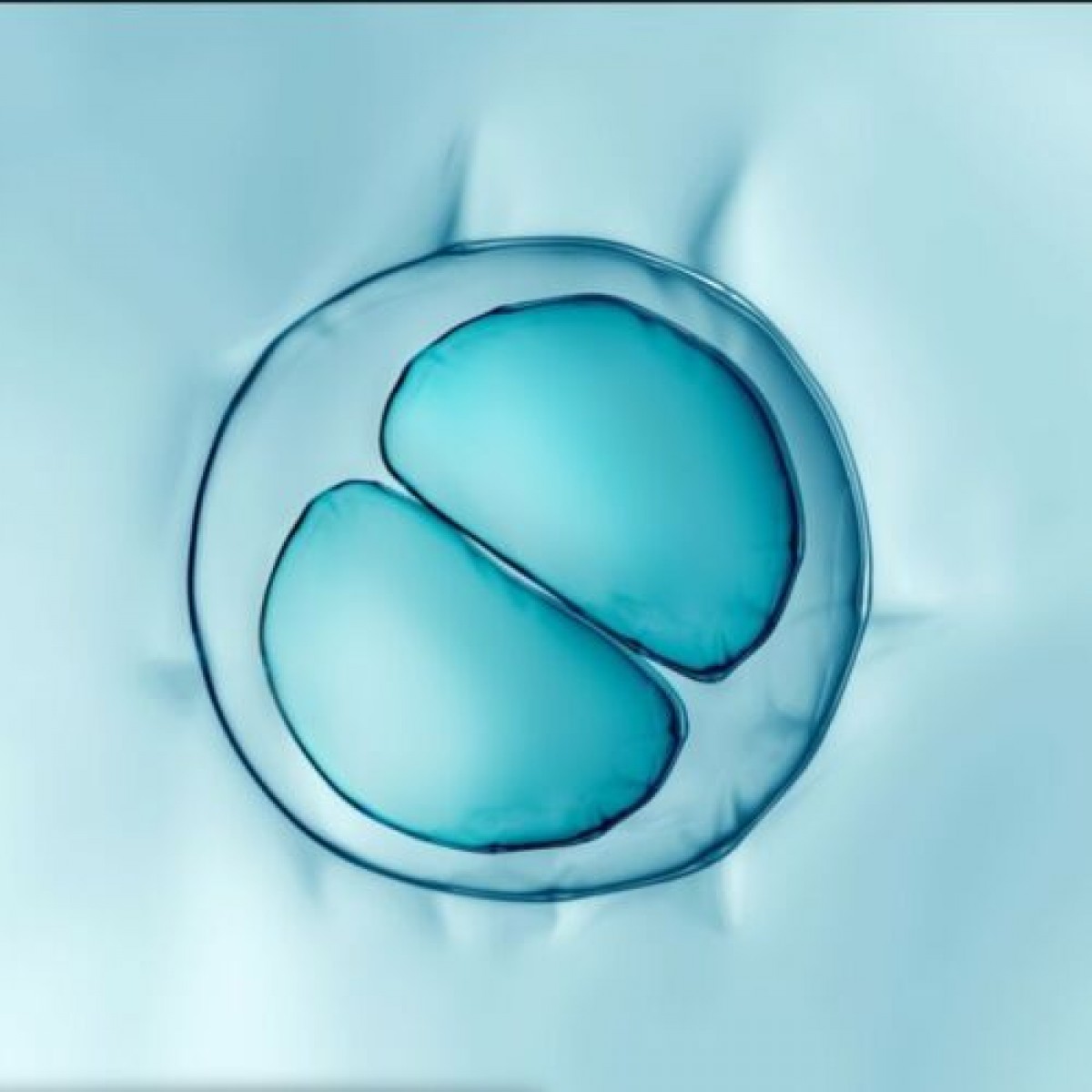
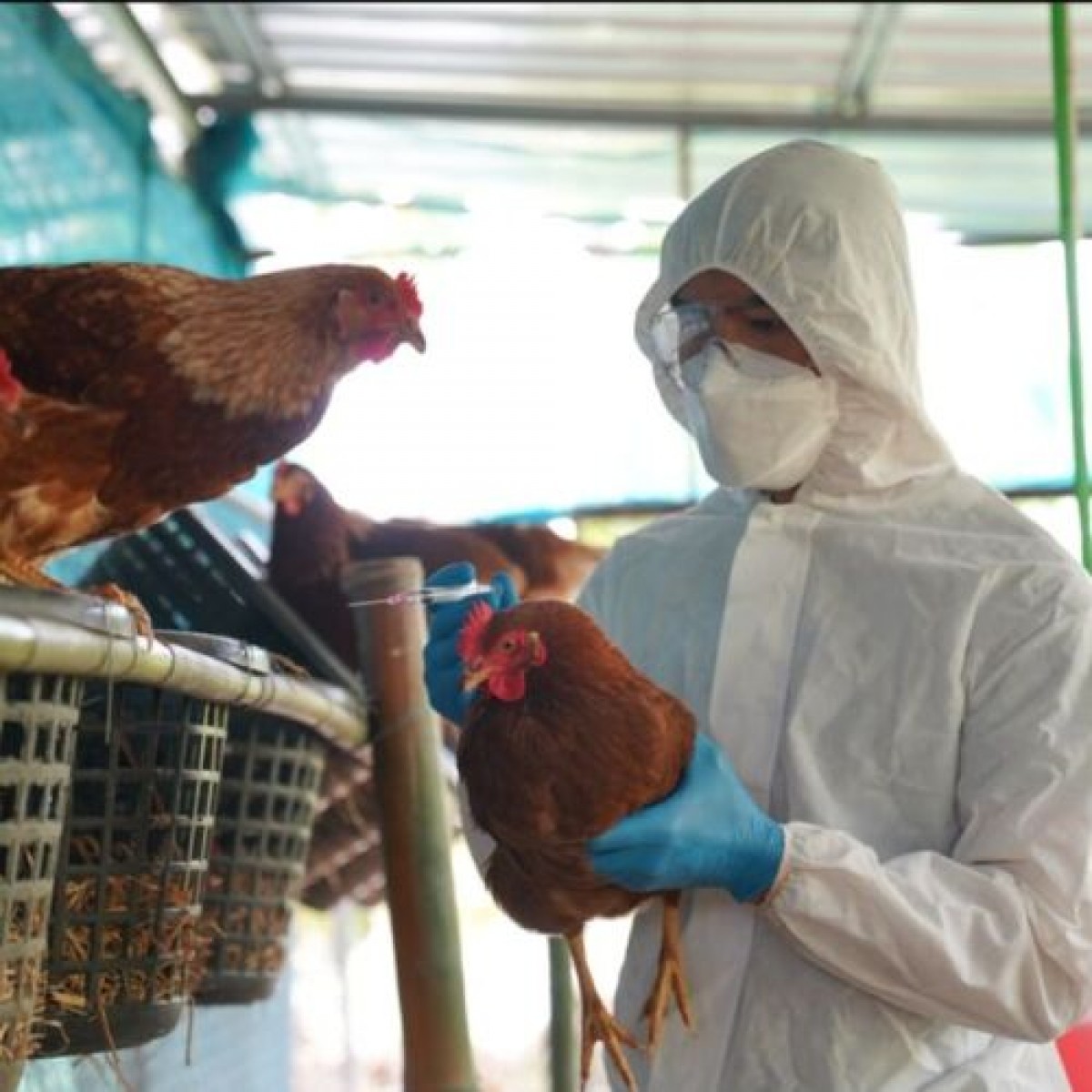
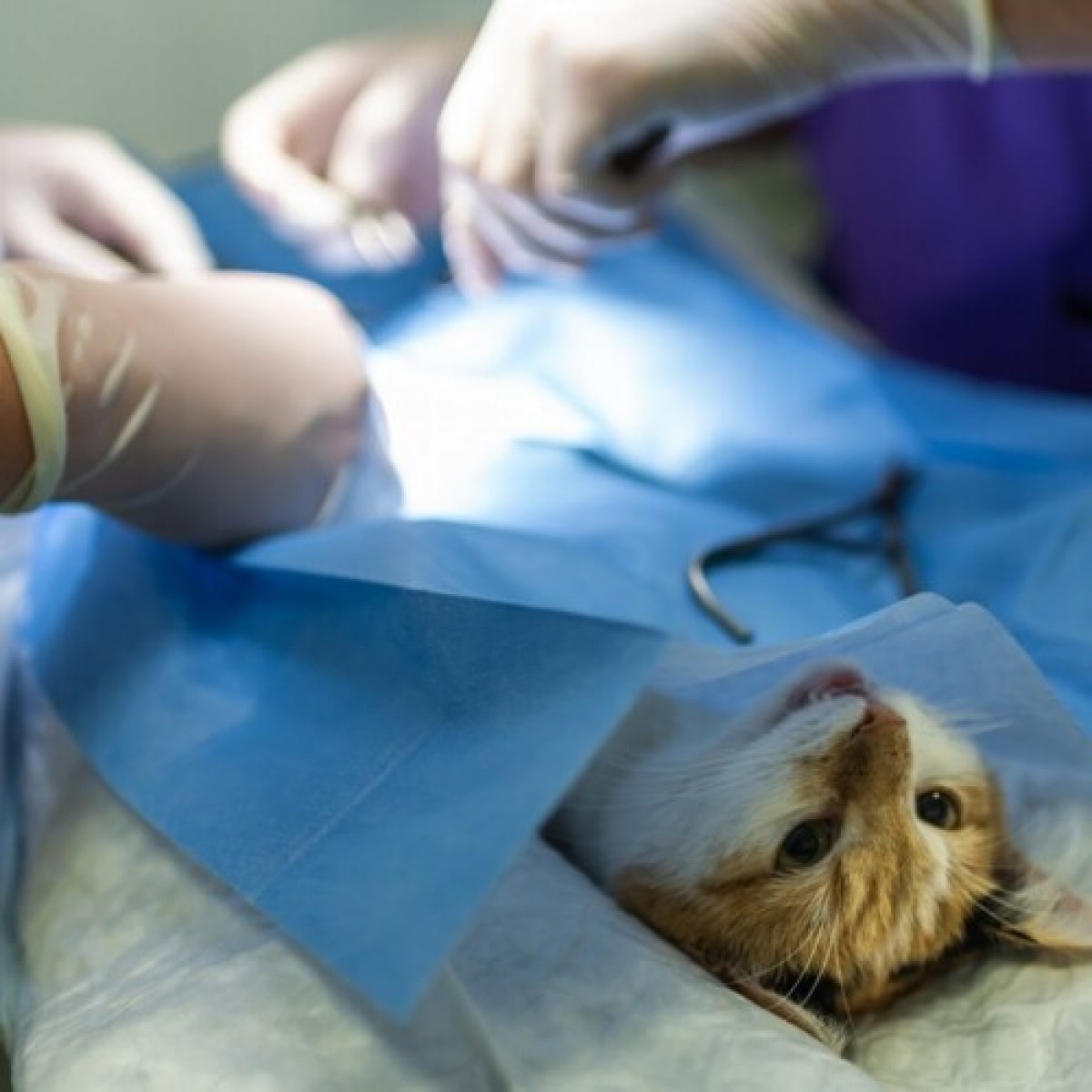
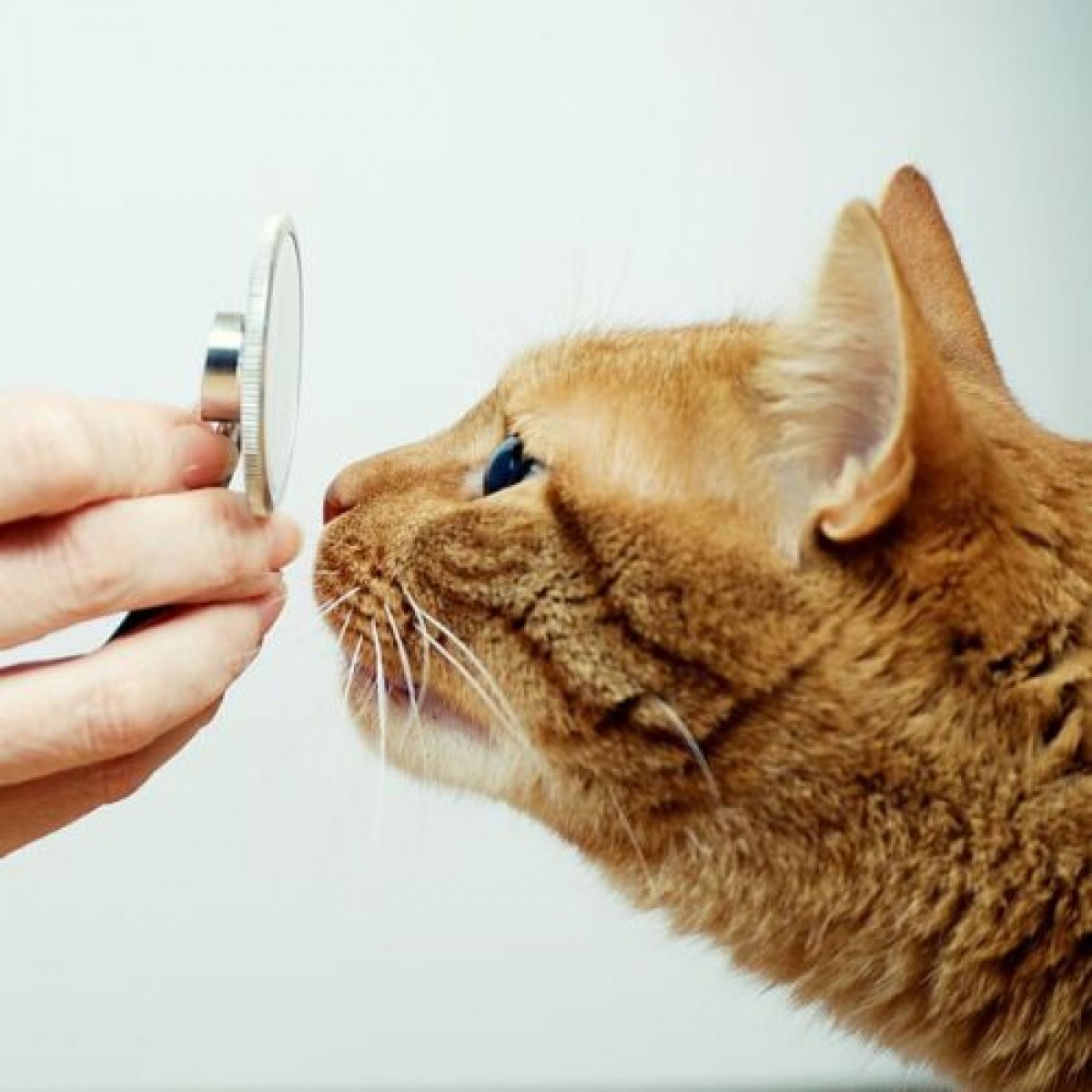

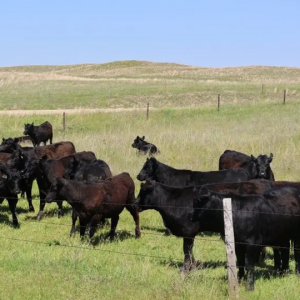




List
Add
Please enter a comment